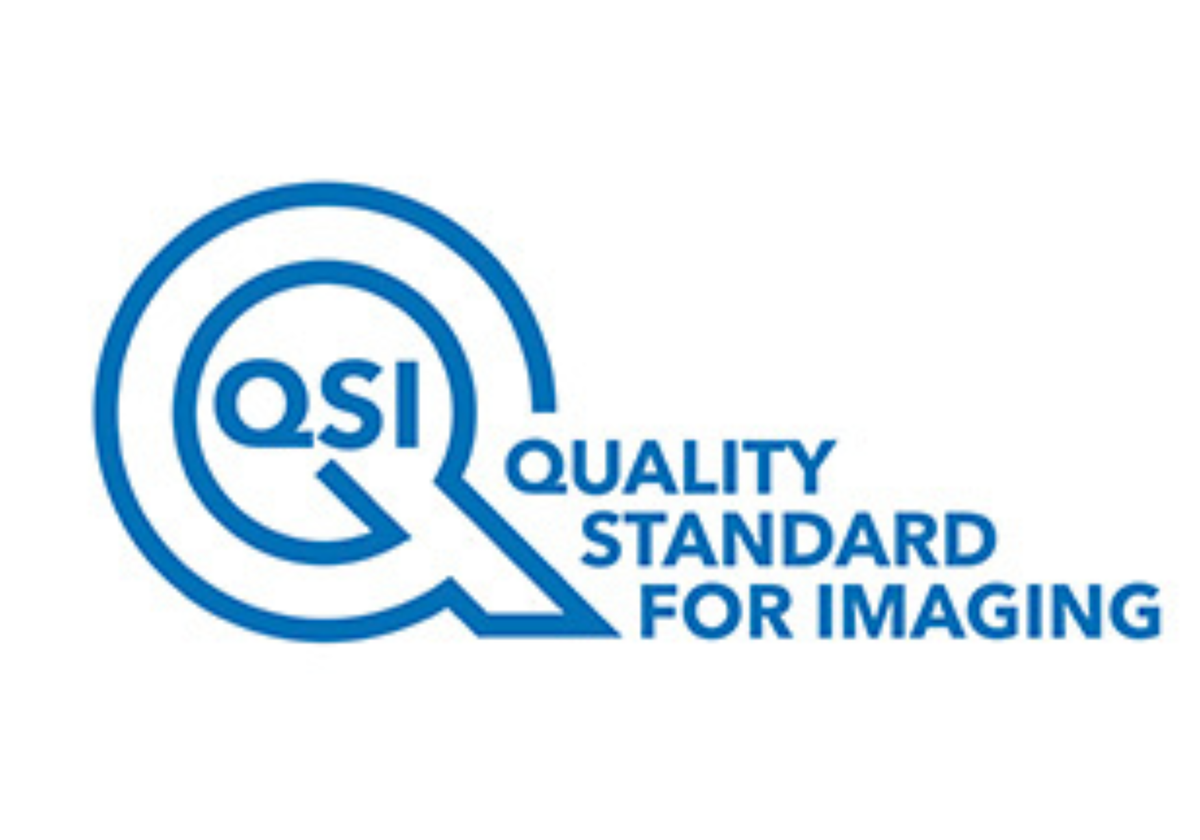‘A leader is one who knows the way, goes the way and shows the way’, said John C Maxwell. This month I’m going to talk about the first domain of the Quality Standard for Imaging which is Leadership and Management.
This domain is split into two sections, roughly defined as, the first being your leadership and management structure and the second your quality management system (QMS). When departments are starting out in QSI we always advise that they start with this first domain because it underpins everything that is done in a radiology department.
When I searched for leadership quotes I was inundated and I wondered if that was because people aspire to be a leader but also because we look to leaders to guide, to set direction and bring clarity.
It’s often said that ‘it’s lonely at the top’ but there are not many people who are truly at the top - the vast majority of us are both leaders and followers. Even if you are a Band 5 radiographer you can inspire and ‘lead’ students. A second year student can encourage a first year. First year students have a lot to learn! However, in this case there is a lot to be said for peer leadership.
Juggling a dual role
Once you attain the level of management in a department you need to juggle a dual role of leading and inspiring but also overseeing appraisals and complaints as well as negotiating with senior managers in the organisation and other departments or outsourcing.
All of these complicated and entwined relationships of management need to be accounted for and clearly defined to ensure quality and clarity throughout.
You may not realise or have forgotten that leadership for radiology departments starts right at the top – with the chief executive of your NHS trust. The reason for this goes back to IR(ME)R where the employer is defined as: ‘Any natural or legal person who, in the course of a trade, business or any other undertaking, carries out (other than as an employee), or engages others to carry out, medical exposures or practical aspects at a given radiological installation.’
This employer is commonly seen as the chief executive but can be designated as another board level senior person. This means that the legal responsibility for safe IR(ME)R practice and procedures cannot be delegated - it remains with the employer.
Of course the chief executive must then delegate the implementation of IR(ME)R and every radiology department should then have a defined management structure including a radiation safety committee.
Understanding managers
You may not be in management but it is a good idea to know and understand who your managers are and what their roles are. QSI expects that all senior clinical, professional and service management and leadership roles are clearly defined.
Their responsibilities and interrelationships should be set out along with systems in place to ensure a clear definition of their management tasks. If managers are there to show the way they first need to know which way they are going.
There should also be clear systems to communicate to all the staff so if you feel that your managers do not clearly communicate with you, then perhaps you should discuss this with your line manager or mentor. You may have ideas of how communication to all staff could be improved. A good manager should welcome new ideas from staff no matter how junior.
Finally in this section is a statement that there are ‘systems in place to support staff in managing stress and achieving a work/life balance’. With all the stress and strain this year has brought to so many people it is more important than ever that your department recognises the stress that staff are under and tries to help everyone manage it.
Quality management
The second section is the Quality Management System. I have written a previous article about QMS so I won’t go into too many details. If you are struggling to understand what a QMS is, think of it like this - if managers are the guides to show you the way then the QMS is the map book where you write the way down.
It’s like a computer system where all your shared documents are stored. Again, I would like to emphasise that you do not need to buy a commercially sold system because a shared drive will be perfectly adequate.
The QMS should facilitate you having a programme of audit. Audit is so important in raising quality in any department. Everything you do should be audited - not just clinical audit but the auditing of all your systems and policies.
Even the QMS and quality processes should be audited. If you don’t ask questions about what you do then you cannot improve it. I would encourage all departments to include all their staff in audits.
Departments that sort out their leadership and management section are well on their way to achieving a higher standard of quality in their department. A well-managed department will raise the quality of all their services.
As I am writing this article, the USA presidential election is happening and still not decided, so I will end with a leadership quote from former president Ronald Reagan for you to think about: ‘The greatest leader is not necessarily the one who does the greatest things. He [or she!] is the one that gets the people to do the greatest things’.
